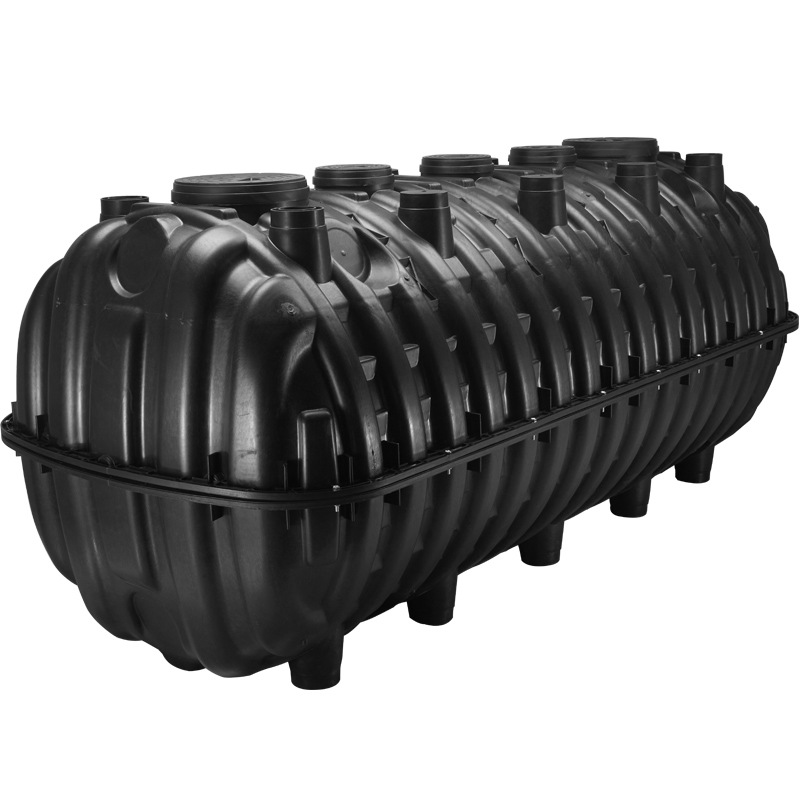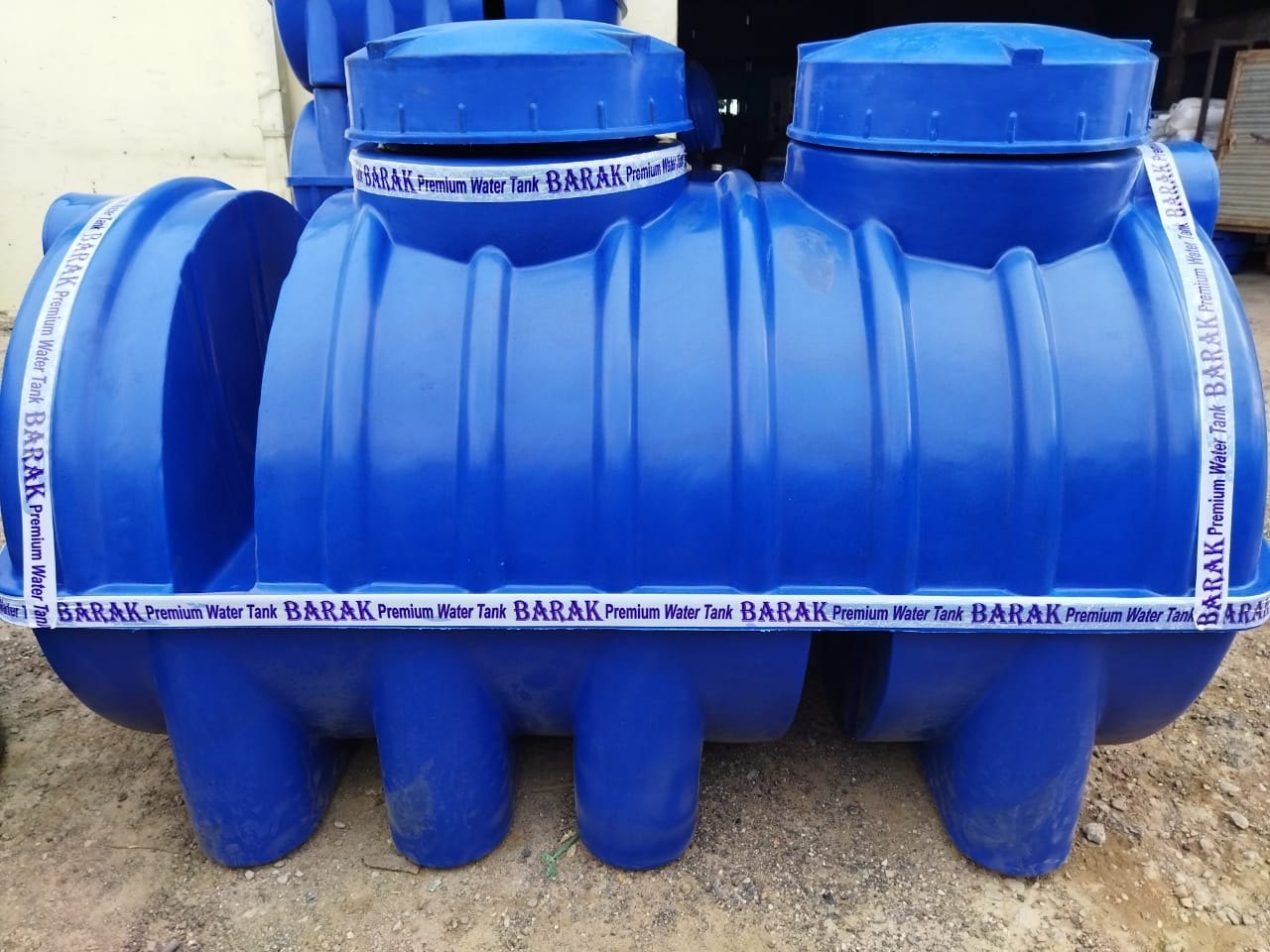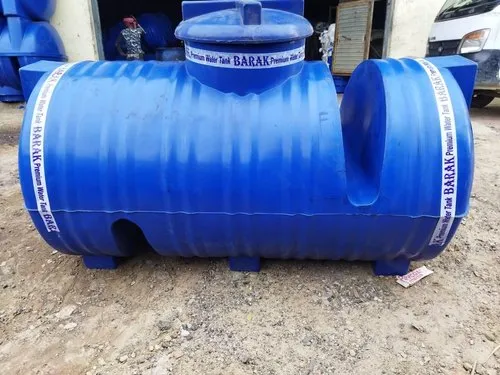Plastic Septic Tank
Plastic septic tanks are lightweight, durable, and cost-effective solutions for managing wastewater in residential, commercial, and rural properties. Made from high-quality, corrosion-resistant polyethylene or similar materials, they are designed to withstand underground conditions without rusting or cracking. Their smooth interior surfaces prevent sludge buildup, making cleaning and maintenance easier. Easy to transport and install, plastic septic tanks reduce labor and equipment costs while providing reliable, long-term performance. They are ideal for areas with difficult access or challenging soil conditions. Offering excellent durability, watertight construction, and environmental safety, plastic septic tanks are a practical and efficient choice for modern wastewater management.
Description
When planning a wastewater management solution, one of the first questions many homeowners and contractors ask is: “What is the plastic septic tank price?” Understanding the cost of these tanks is essential because it helps determine budget, long-term maintenance expenses, and the overall suitability of plastic septic tanks compared to other materials like concrete or fiberglass.
What Influences Plastic Septic Tank Price?
The price of a plastic septic tank is shaped by several key factors:
-
Capacity (Tank Size)
The most significant cost driver is capacity. Small tanks (500–1,000 gallons) are ideal for cabins, cottages, or small homes, while larger tanks (up to 2,500 gallons or more) are better suited for large households or light commercial applications. Naturally, the larger the tank, the higher the price. -
Material Grade
Most tanks are made from high-density polyethylene (HDPE). However, variations in thickness, reinforcement, and manufacturing quality affect durability — and therefore cost. Premium-grade tanks may cost more upfront but can provide a longer lifespan and fewer maintenance issues. -
Design & Features
Basic tanks are usually single-compartment units, while advanced designs may include dual compartments, pre-installed risers, or reinforced walls to handle high soil pressure. Added features increase the price but also improve long-term performance. -
Location & Transport
Transport is often overlooked when budgeting. Since plastic tanks are lightweight, they are easier to ship than concrete, but distance from supplier to site still affects final price. -
Installation Costs
Although lightweight tanks reduce labor expenses, installation prices vary depending on soil type, water table level, and whether the site requires excavation support. -
Market Conditions
Like all construction-related products, plastic septic tank prices fluctuate with demand, raw material costs, and regional availability.
Average Plastic Septic Tank Prices
On average, the price of a plastic septic tank ranges from $500 to $2,000 for residential sizes, while larger commercial-capacity tanks can cost $3,000 to $6,000 or more. These figures cover the tank itself and do not include installation.
To provide a clearer view, the table below breaks down recent market estimates:
| Tank Capacity | Average Price Range (USD) | Typical Application |
|---|---|---|
| 500 – 750 gallons | $500 – $900 | Small cabins, cottages |
| 1,000 gallons | $900 – $1,500 | Single-family homes |
| 1,500 gallons | $1,300 – $2,200 | Larger homes, small businesses |
| 2,000 – 2,500 gallons | $2,000 – $3,500 | Multi-family households |
| 3,000+ gallons | $3,500 – $6,000+ | Commercial/light industrial use |
These prices reflect typical retail costs as of 2024–2025. Regional differences, supplier pricing, and market demand can push costs higher or lower.
Cost Comparison: Plastic vs. Other Materials
When comparing plastic septic tank price to other materials, the affordability becomes clear:
-
Plastic Tanks: $500–$3,500 (depending on size). Lightweight, resistant to corrosion, and easy to install.
-
Concrete Tanks: $1,000–$5,000+. Heavier, more durable, but higher installation and transport costs.
-
Fiberglass Tanks: $1,200–$4,500. Strong and durable but more expensive than plastic.
For most residential buyers, plastic offers the most cost-effective balance of purchase price, installation savings, and reliability.
Benefits of Plastic Septic Tanks Beyond Price
While price is a deciding factor, plastic tanks deliver additional value:
-
Easy handling: No heavy equipment required for placement.
-
Corrosion resistance: Long-lasting in wet or acidic soil conditions.
-
Watertight construction: Reduces leakage risk.
-
Low maintenance: Smooth walls minimize buildup.
-
Eco-friendly: Many tanks are recyclable at end of service life.
These advantages, combined with competitive pricing, make plastic septic tanks a leading choice worldwide.
Buying Tips to Get the Best Plastic Septic Tank Price
-
Compare Local Suppliers: Prices vary regionally, so always request multiple quotes.
-
Bundle Purchase & Installation: Many suppliers offer discounts when buying both the tank and installation service.
-
Check Warranty Terms: A slightly higher upfront cost with a longer warranty may save more in the long run.
-
Plan for Future Capacity: It is often more cost-effective to buy a slightly larger tank than to upgrade later.
-
Consider Soil & Site Conditions: Choosing the right tank for your site reduces risk of damage and costly repairs.
FAQs
1. How much does a 1,000-gallon plastic septic tank cost?
A standard 1,000-gallon plastic septic tank typically costs between $900 and $1,500, depending on supplier and region.
2. Is installation included in the plastic septic tank price?
No. Installation is usually billed separately and can range from $1,500 to $4,000, depending on soil type, depth, and site conditions.
3. Are plastic septic tanks more affordable than concrete?
Yes. Plastic tanks generally cost less to purchase and install, although concrete may offer longer service life in some environments.
4. Can I install a plastic septic tank myself to save money?
DIY installation is possible for small tanks, but professional installation is recommended to meet local regulations and ensure proper anchoring.
5. Does price affect quality?
To an extent, yes. Higher-priced tanks often use thicker materials and stronger reinforcements, which can lead to longer service life and better performance.




Reviews
There are no reviews yet.